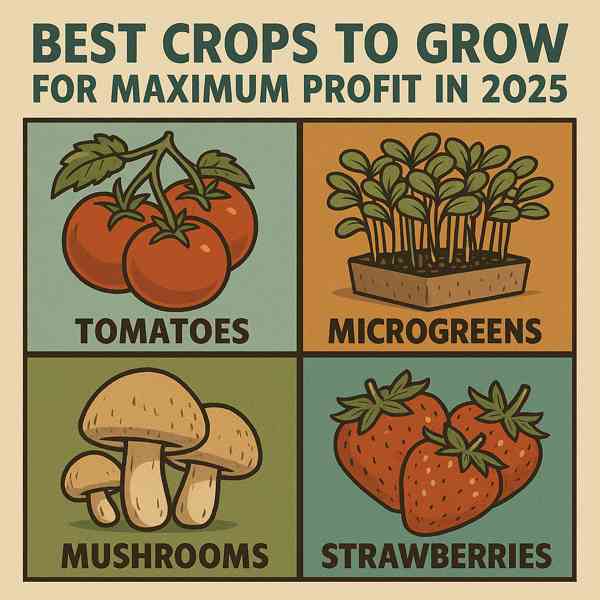
An organic farm is a sustainable way of growing food and raising livestock.
Starting and maintaining an organic farm requires careful management and sustainable techniques.
Understanding Organic Farming
It follows practices that preserve biodiversity.
Core principles of an organic farm:
- Using compost, manure, and natural amendments
- Planting different crops each season
- Using beneficial insects and companion planting
- Providing natural diets and outdoor access
By following these practices, organic farms produce safer food.
Why Choose Organic Farming?
Organic farming offers numerous benefits to both the environment and human health.
Key advantages of organic practices:
- Rich in nutrients and microbial life
- Reduced chemical exposure
- Biodiversity conservation
- Selling directly to health-conscious consumers
Organic farming is more than a method—it’s a way to meet modern consumer demands.
How to Launch Your Organic Farm
Starting an organic farm requires careful planning.
Key actions to take:
- Research organic certification requirements
- Build soil health before planting
- Plan crop rotation and planting schedules
- Maintain purity of organic status
Starting with the right foundation ensures your farm will meet certification requirements.
Challenges of Organic Farming
Managing an organic farm can be financially demanding compared to conventional agriculture.
What organic farmers must overcome:
- Weed management without herbicides
- Implementing IPM strategies
- Maintaining soil fertility
- Regular inspections and paperwork
Overcoming these challenges requires knowledge, patience, and resourcefulness.
How to Sell Your Organic Produce
Consumers are often willing to choose organic over conventional, but they need to know your products exist.
Effective marketing strategies include:
- Direct sales to the community
- Engaging with eco-conscious audiences
- Delivering fresh produce regularly
- Offering unique and high-quality products
By building a strong brand and connecting with the community, your organic farm can grow steadily.
Where Organic Agriculture Is Heading
Technological advancements and changing regulations are shaping the future.
What to watch in organic farming:
- Balancing tradition with innovation
- Climate resilience practices
- Increasing demand for local organic produce
- Increasing transparency
Staying ahead of these trends will help organic farmers remain competitive.
Conclusion
Whether you’re just starting or looking to expand, the commitment to organic practices brings a path to sustainable success.
By following eco-friendly methods here and engaging with your community, you can build a thriving organic farm.
Comments on “From Soil to Market: How to Run an Organic Farm”